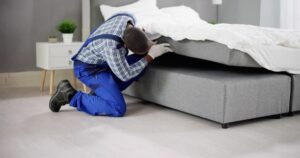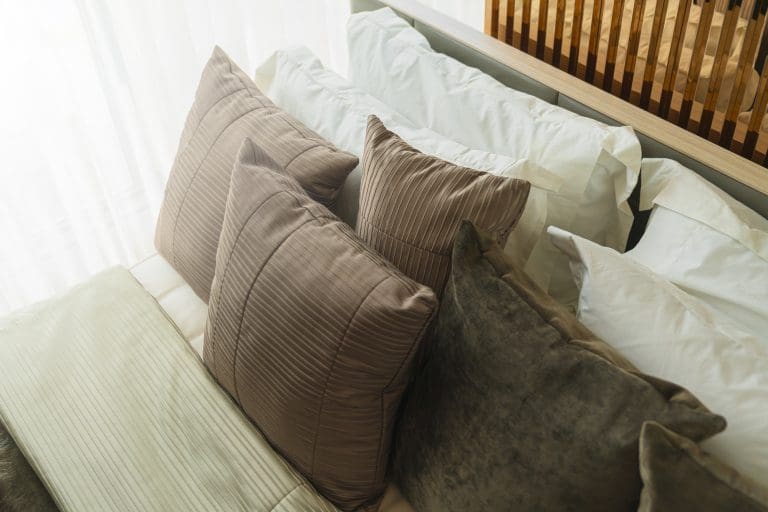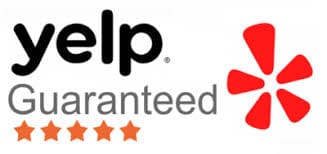As mentioned, the bed bug is part of the Cimicidae family of bugs. This includes other common pests worldwide, including creatures as varied as the bat and poultry bugs. Around 100 different species are part of this ‘family’ of bugs. Unfortunately, more or less every member of this species, if encountered, can make your life miserable!
The bed bug is part of a group of bugs generally fed exclusively by feeding on the blood of other warm-blooded species. The most common relative to the bed bug, then, is the bat bug. Bat bugs were once the dominant species of this particular group before the rise of the traditional bed bug saw their numbers dwindle in comparison.
Bat Bug
Bat bugs, as the name suggests, used to appear within large groups of bats. These were often found in houses due to bats infesting the walls of buildings or in our attics. Bat bugs would survive after the bats migrated and then turn their ire on the humans living within the property. Over time, though, the bat bug would die out as without bats, they cannot thrive to the same level.
Swallow Bug
Another common relative to the bed bug is the swallow bug. Swallow bugs are parasites that have commonly annoyed cliff and barn swallows. When these swallows would build a nest on human property, the swallow bug would stick around and feed on humans. This is/was most common in the winter and the spring, after swallows have fled their nests.
Poultry Bug
The poultry bug is also a member of the same family. As the name suggests, poultry bugs are often found in chicken and other forms of poultry. They hide during the day and then come out at night, feeding on the poultry. It is extremely common for poultry bugs to get in and annoy humans, though it has been known to happen occasionally. You will never encounter a poultry bug unless you sleep beside a poultry roost.
Pirate Bug
However, the pirate bug is one of the closest relatives to the bed bug. The pirate eats mites and other small creatures and insects. They are usually slightly larger than your typical bed bug and are more commonly found in fields and crops than in our house. They tend to feed on plants and pollen as opposed to people. Some people buy pirate bugs as they can be used to help deal with infestations of other creatures, including ants. A small pirate bug, though, can easily be mistaken for a bed bug.











